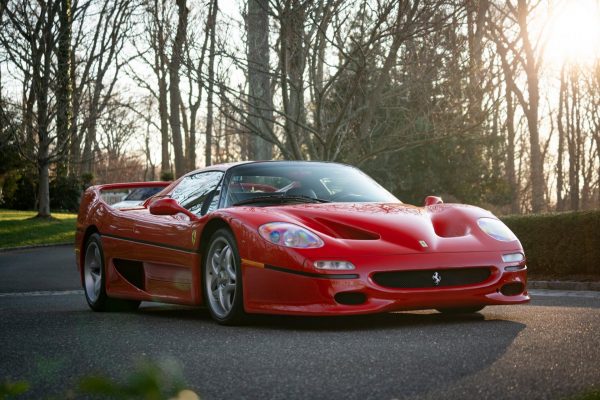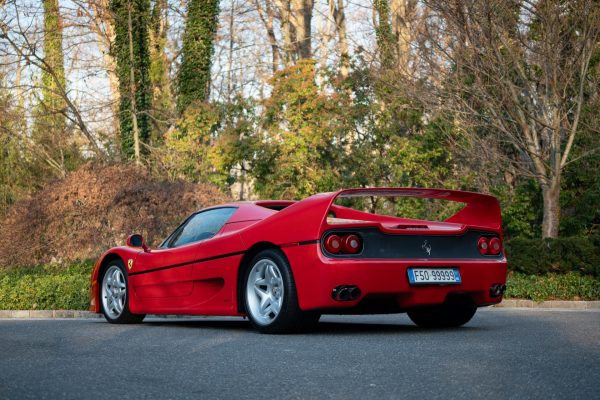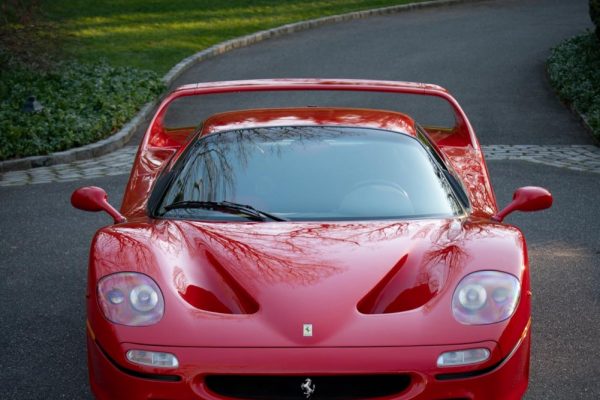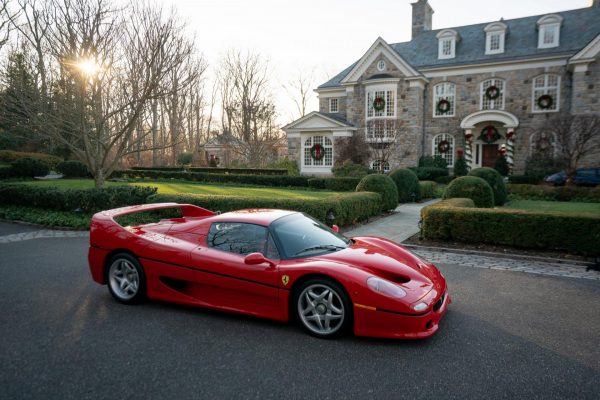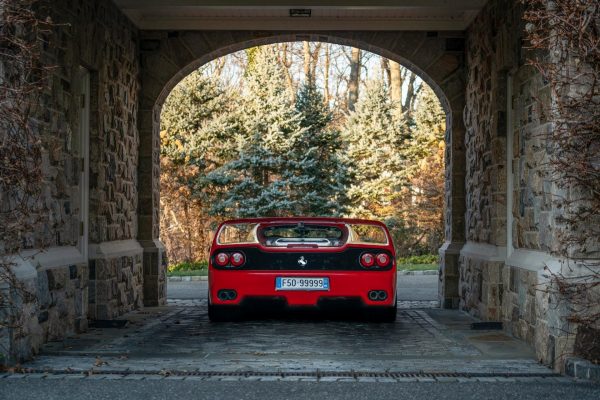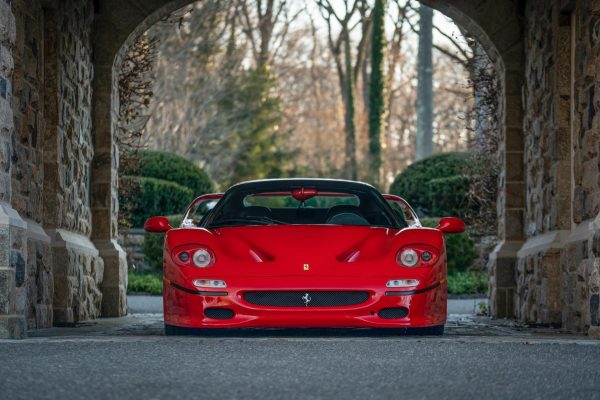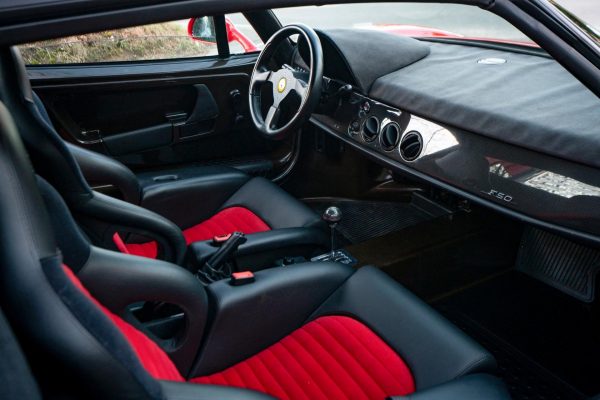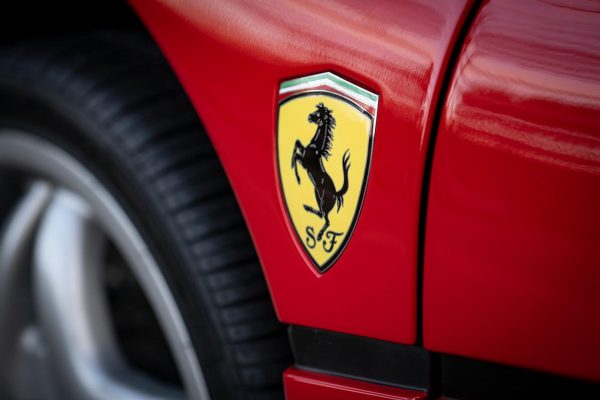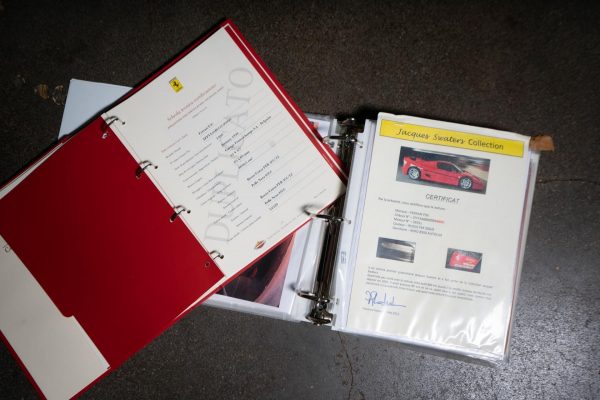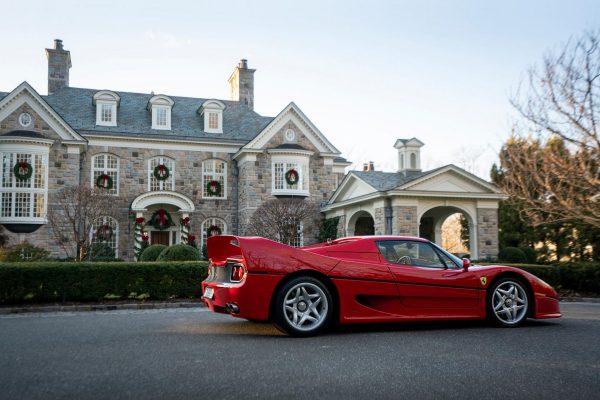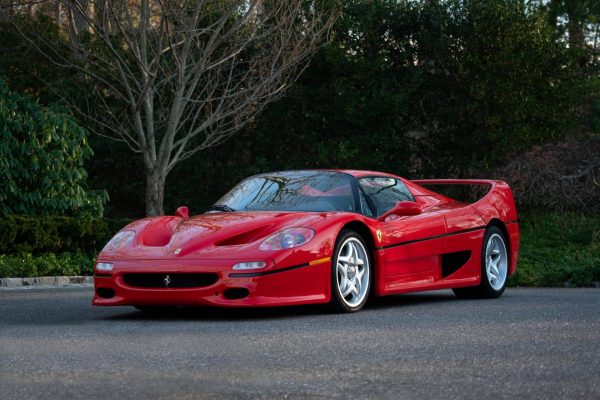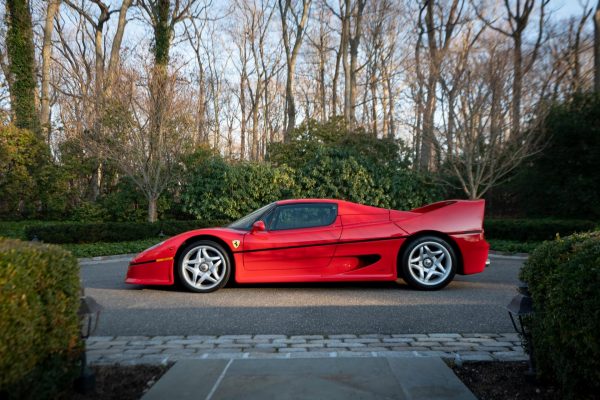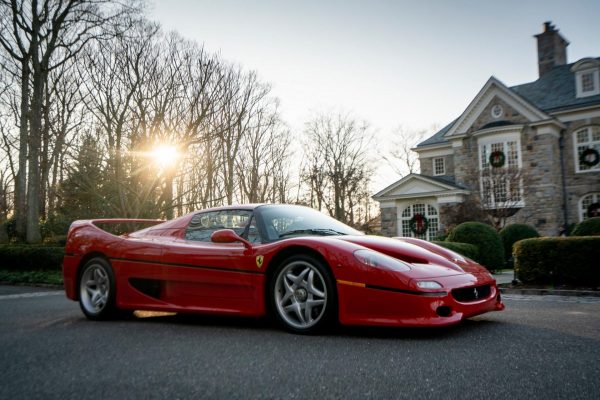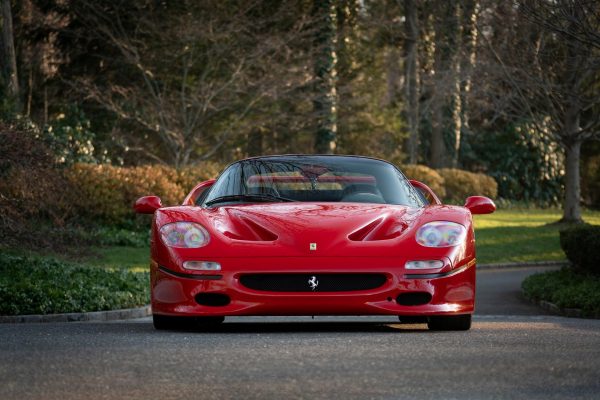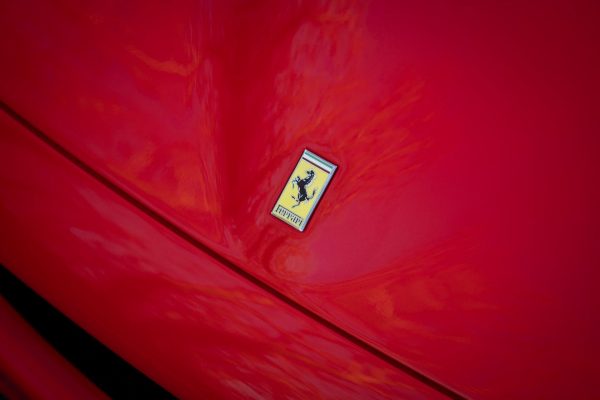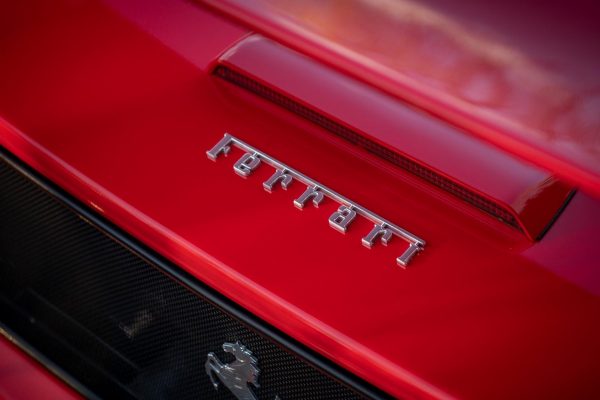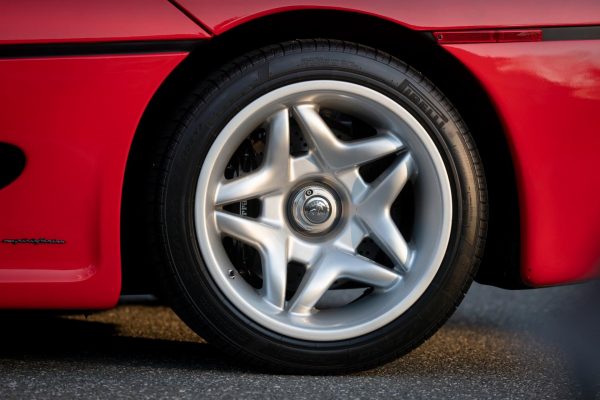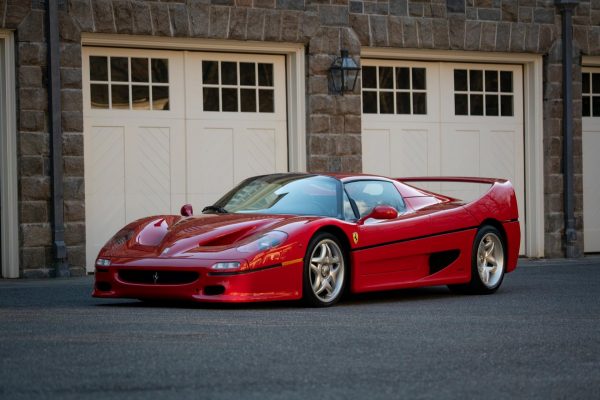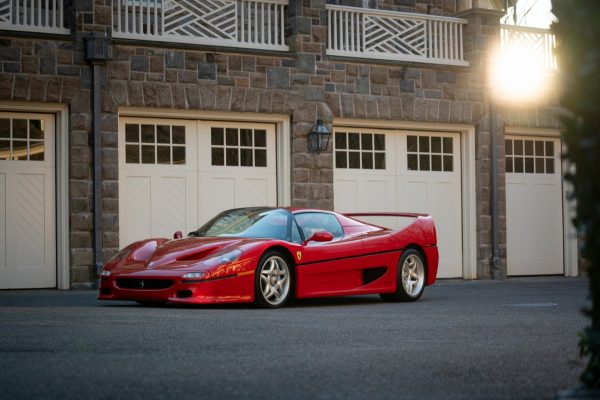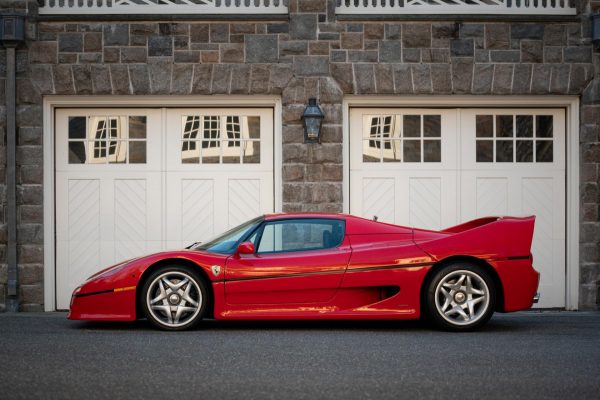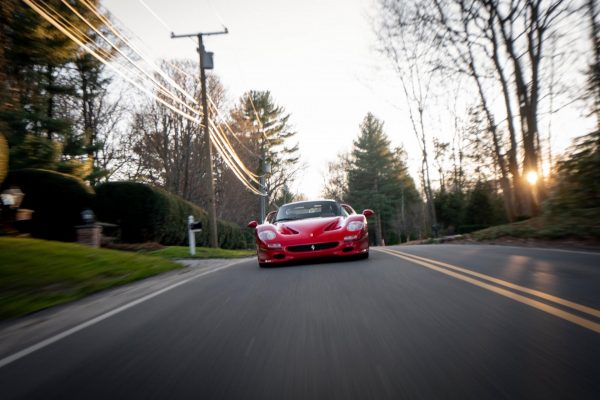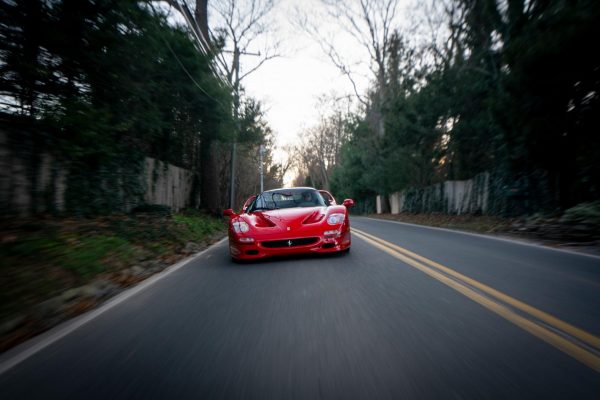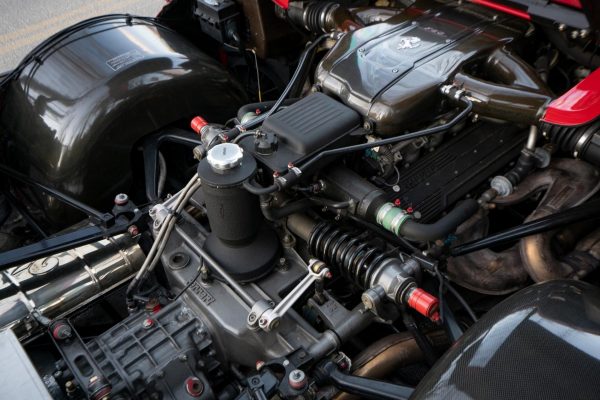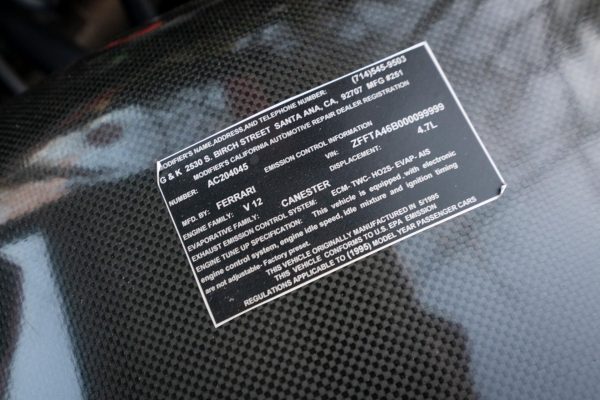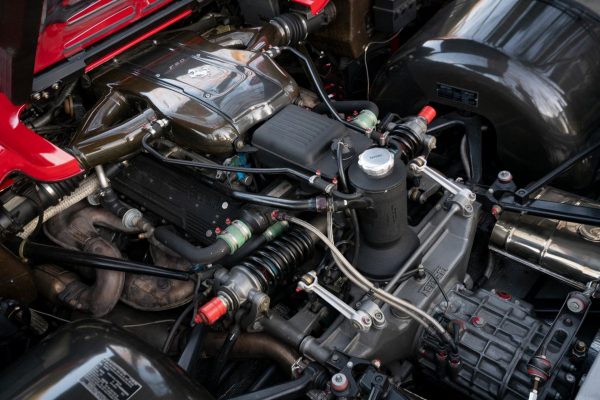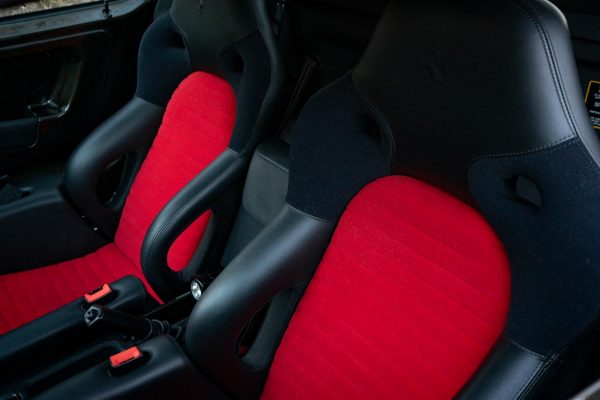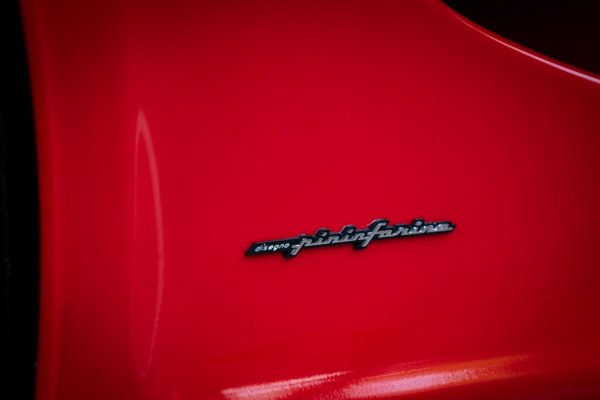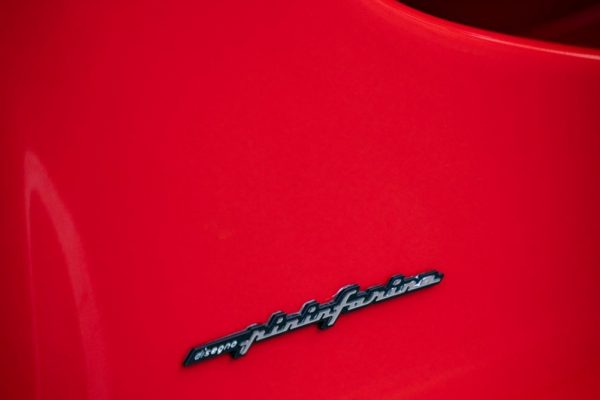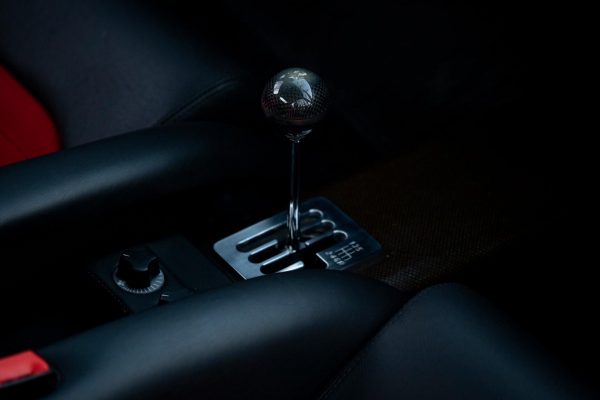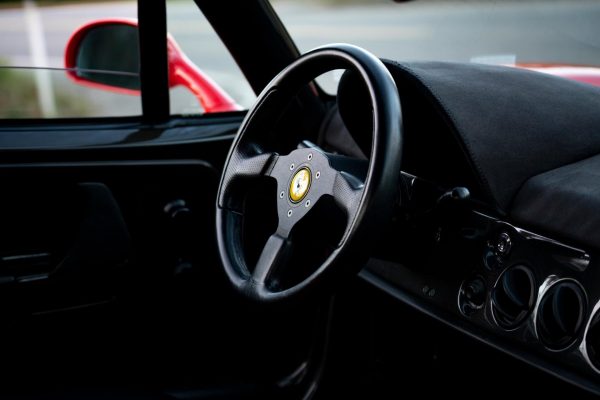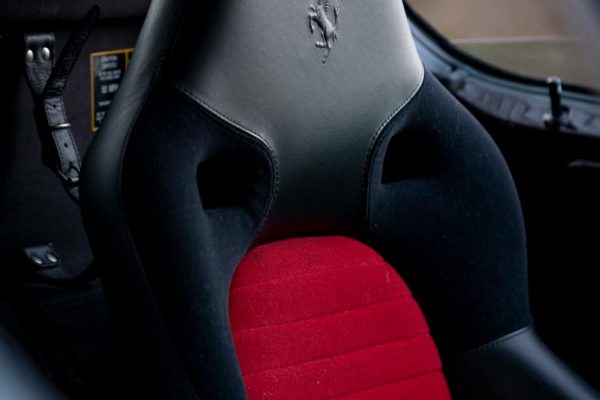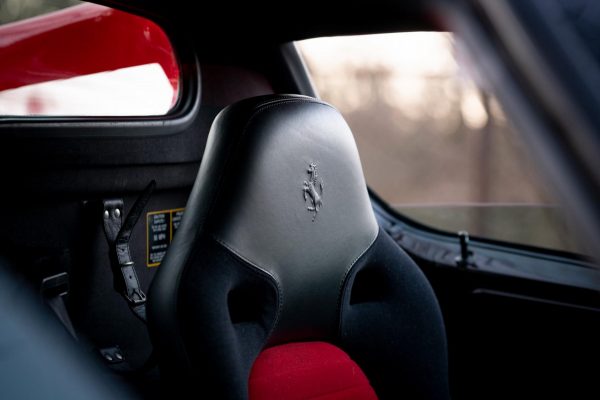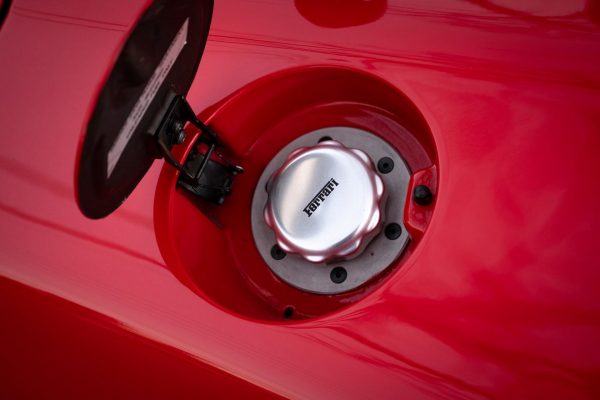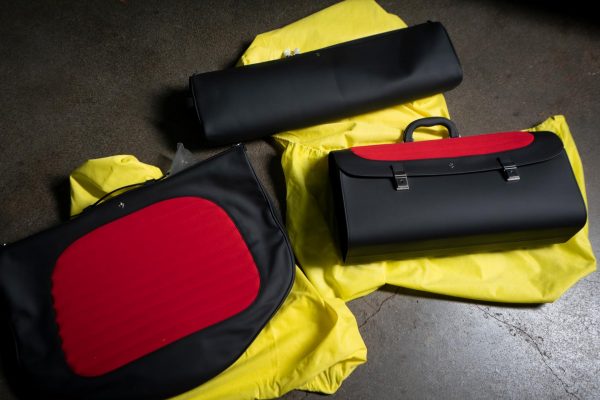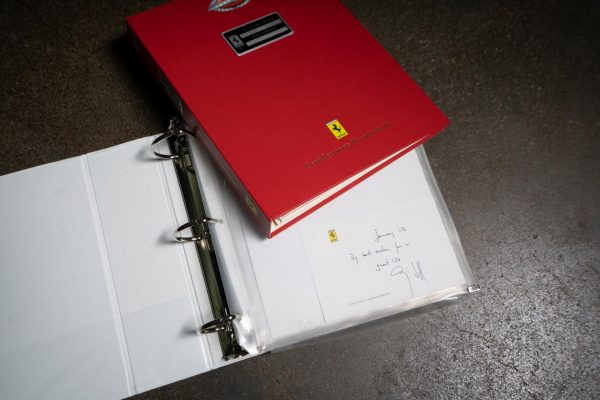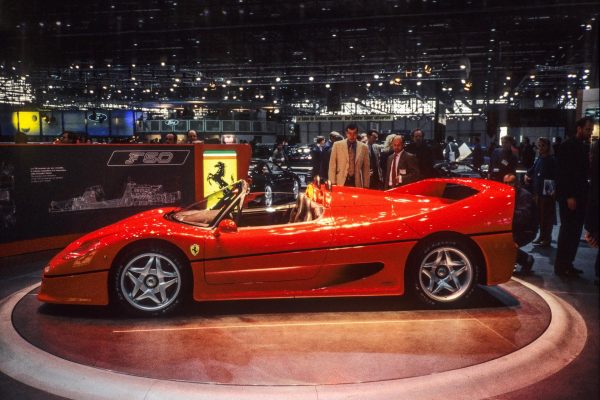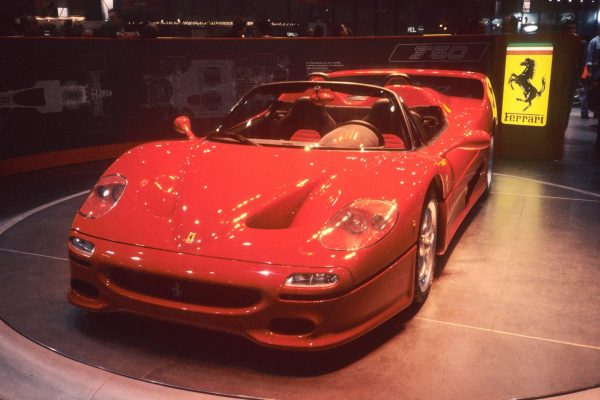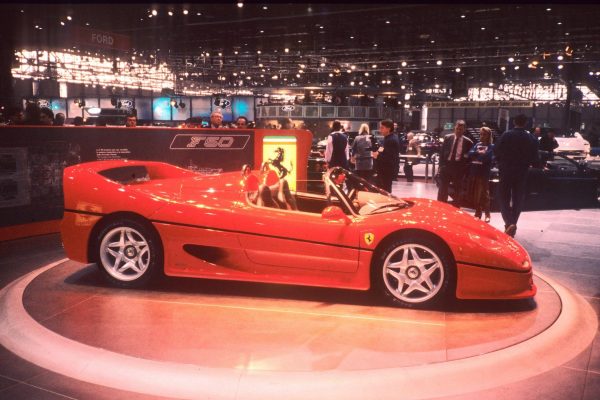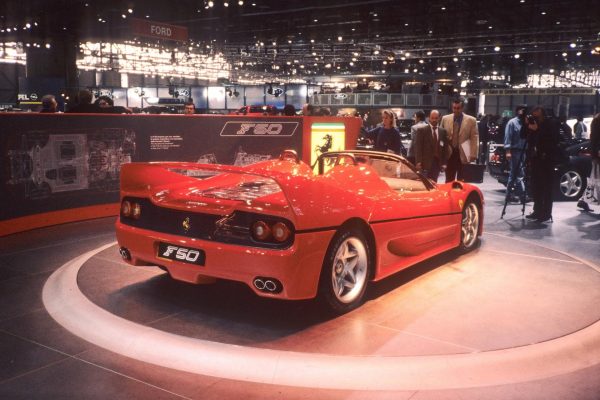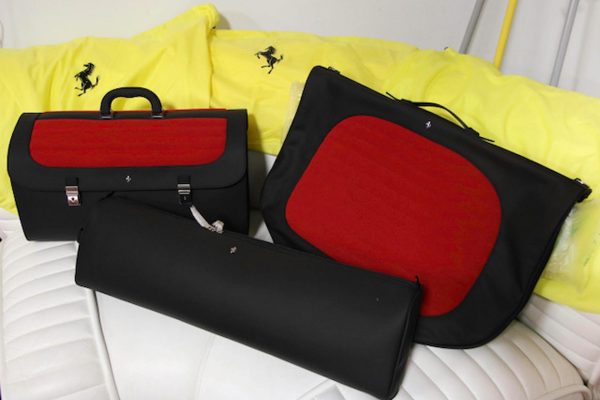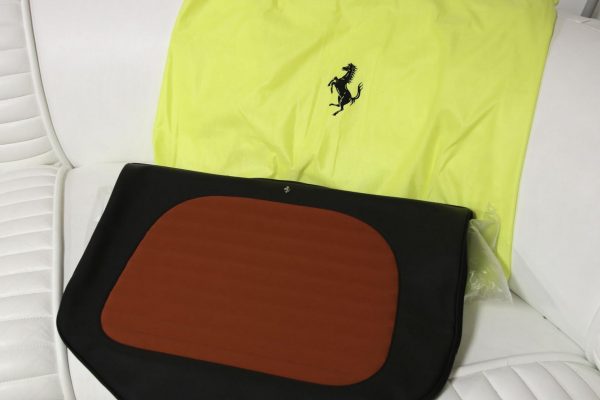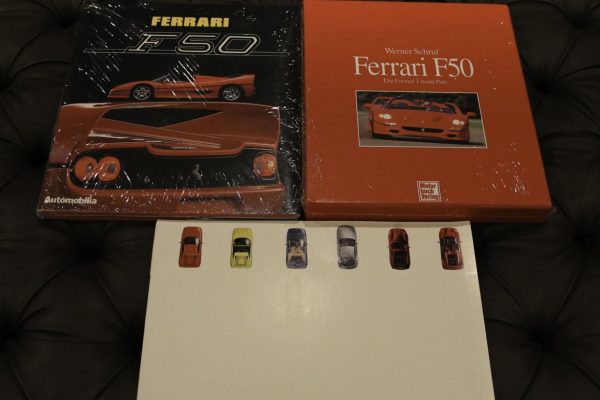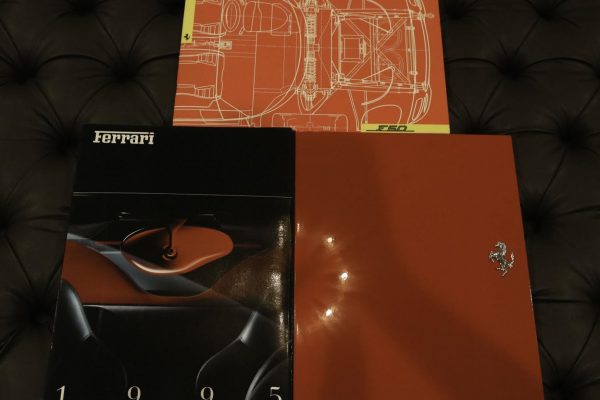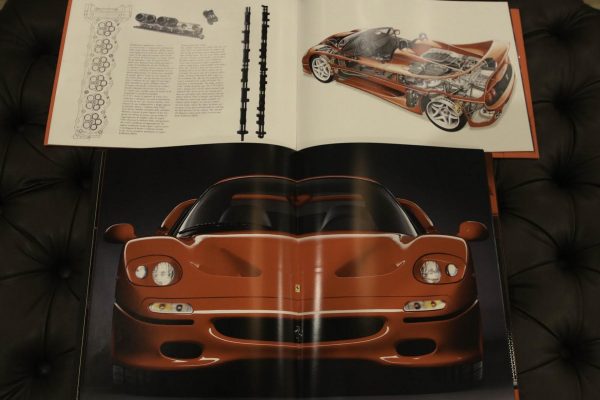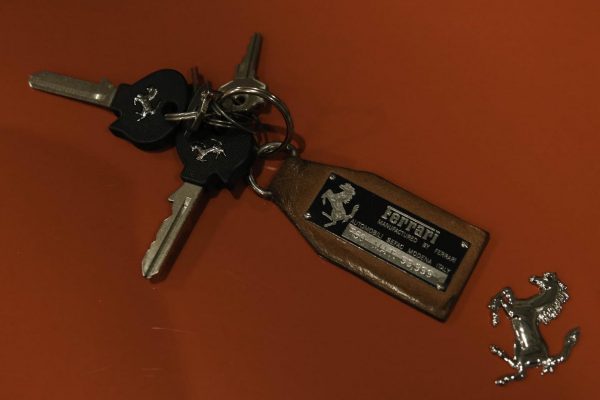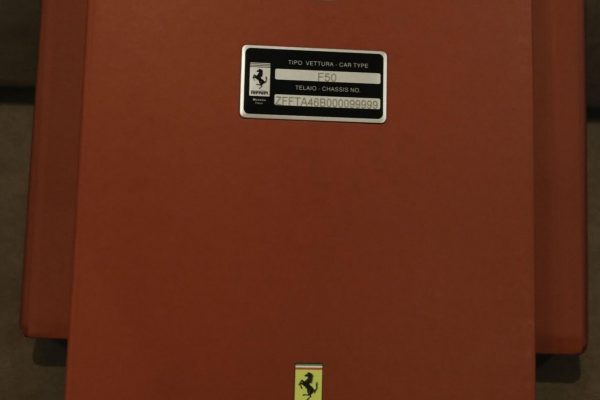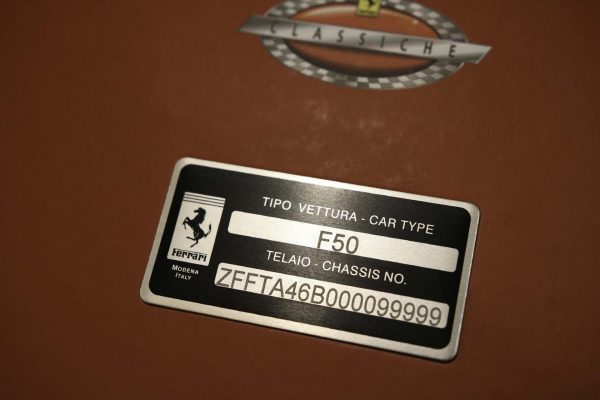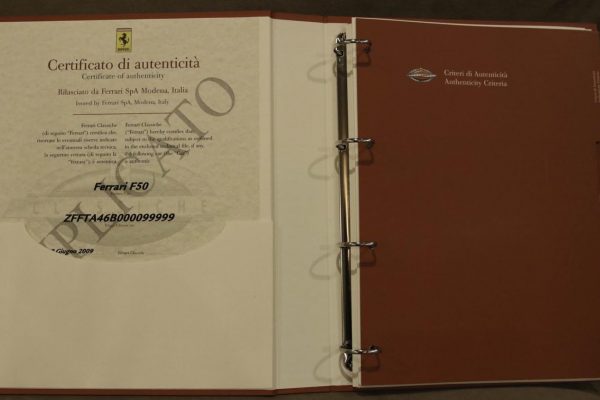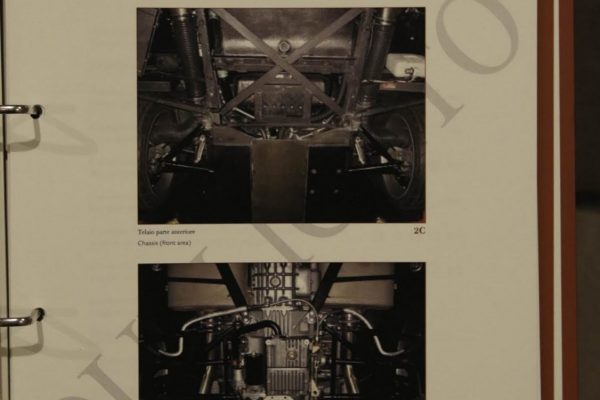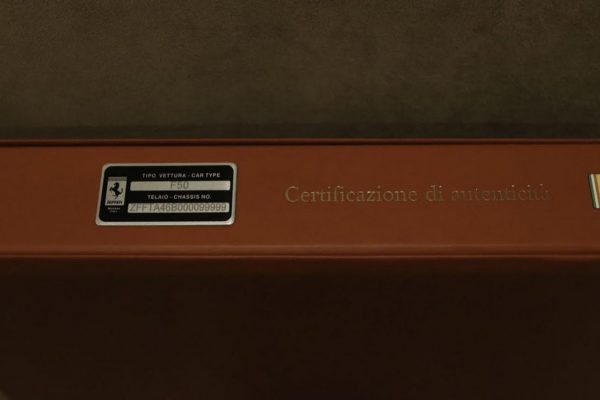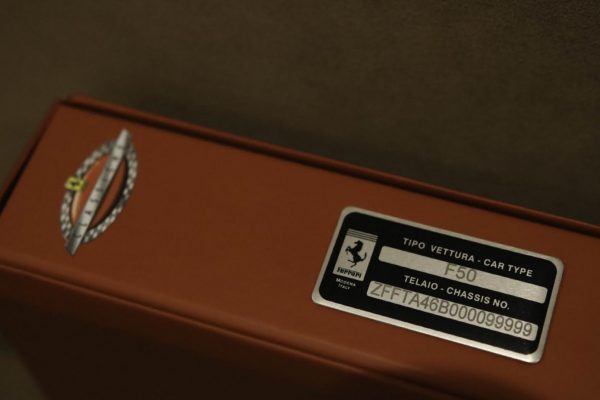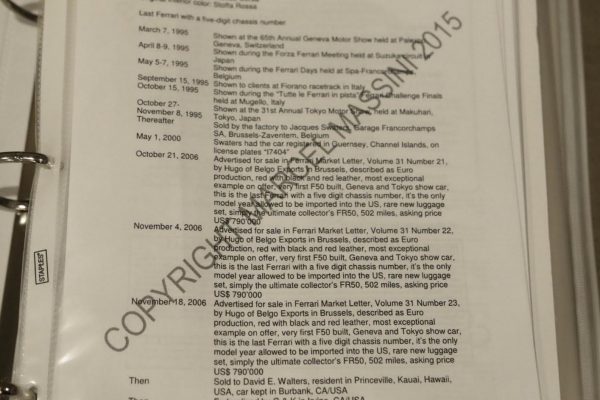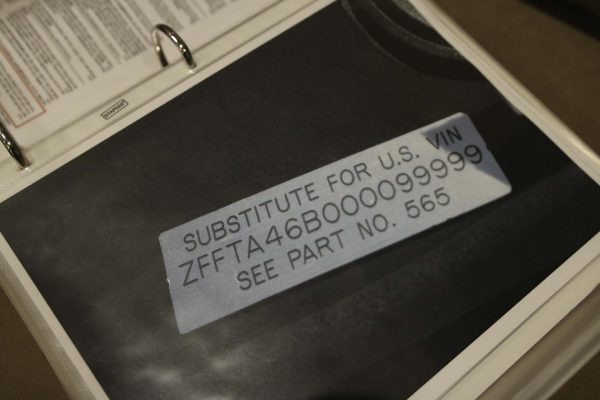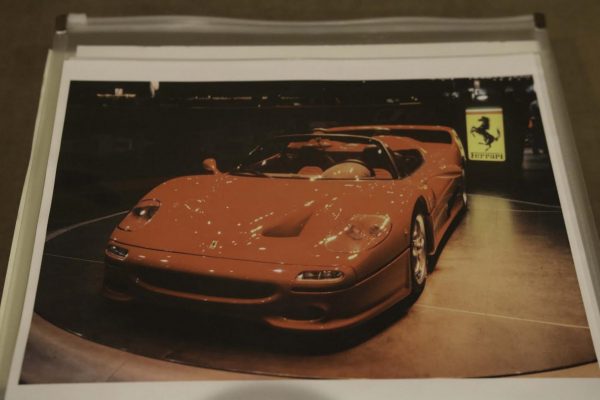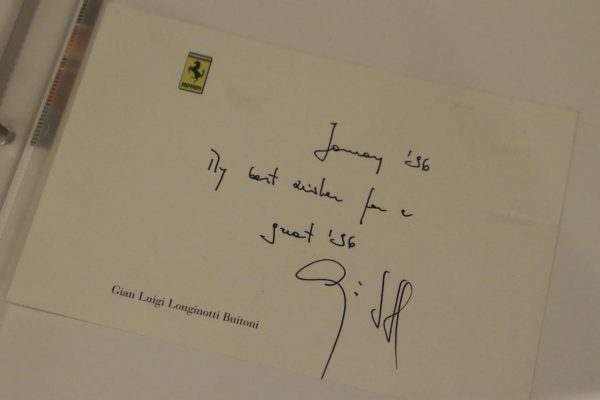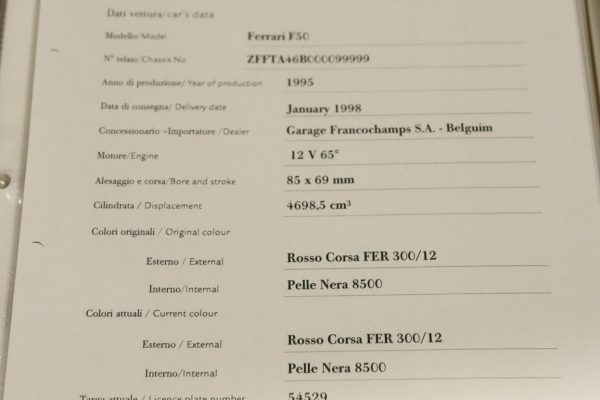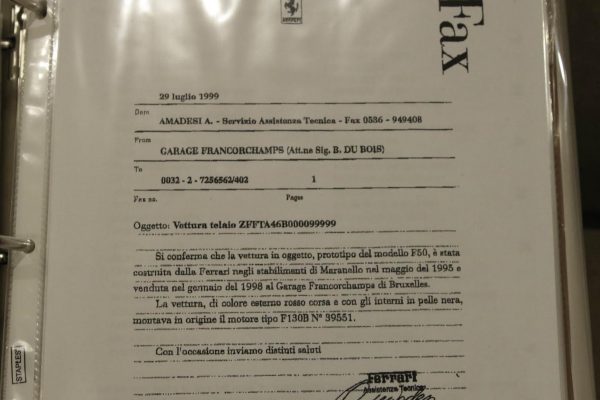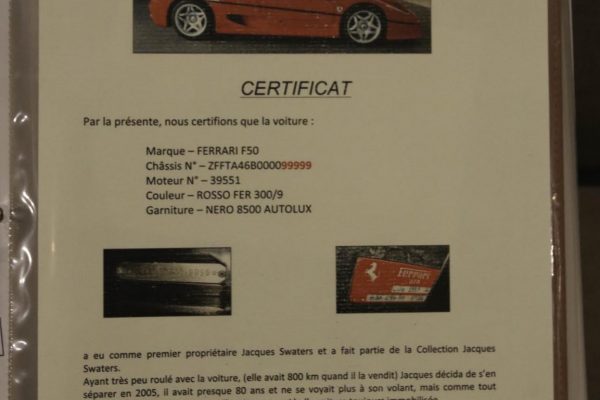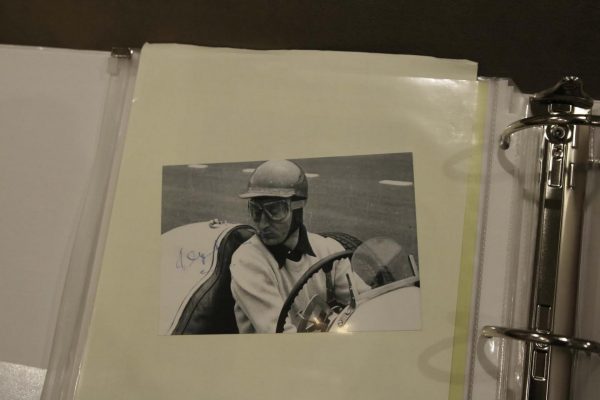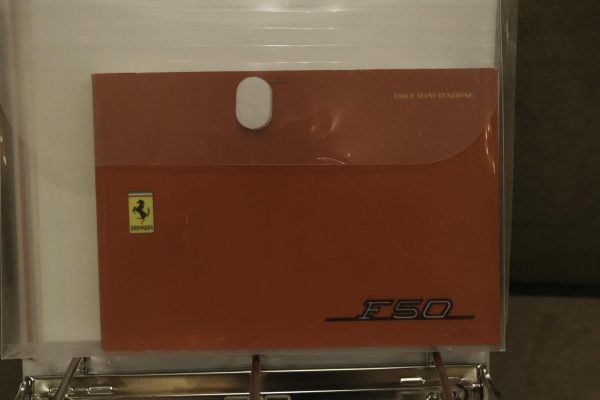The most significant road-going F50 in existence
1995 Ferrari F50 Berlinetta Prototipo
• The most significant road-going F50 in existence
• Debuted at The Geneva Auto Salon and Tokyo Motor Show
• Test driven by Dario Benuzzi, Niki Lauda, Gerhard Berger and Jean Alesi
• Documented by Ferrari historian Marcel Massini; known provenance
• Ferrari Classiche certified with “Red Book” in hand
• Recently serviced and complete with original accessories
• The last Ferrari produced with a five-digit serial number
• Offered from private ownership showing only an approximate 1,400 miles
Vehicle Description + History
4,698cc DOHC, 48-valve V-12 engine, Bosch Motronic fuel injection and engine management, 513 HP at 7,000 RPM, six-speed manual gearbox in rear transaxle, four-wheel independent suspension with coil springs and unequal-length wishbones, four-wheel hydraulic disc brakes; wheelbase: 2,581 mm
Unveiled by Piero Lardi Ferrari and Sergio Pininfarina at an exclusive preview held before the world-famous Geneva Auto Salon the evening of March 6, 1995 at the Geneva Galleria Museum, Ferrari’s stunning new Ferrari F50 supercar was introduced to the public there by Luca di Montezemolo. The product of “Fifty years of racing, fifty years of winning, fifty years of hard work,” as he stated, the Ferrari F50 remains a stunning achievement on every conceivable level.
Using technology derived from Ferrari’s Formula 1 V-12, the new 4.7-litre engine featured a 65-degree angle between the two cylinder banks and four overhead camshafts with three intake and two exhaust valves per cylinder. Its compression ratio was 11.3:1, a Bosch Motronic module controlled the fuel injection and ignition, while a throttle valve driven by the ECU allowed for two exhaust lengths: one tuned to achieve the greatest torque and another for better top-end performance, reducing exhaust backpressure. A self-diagnostic system even adhered to California’s notoriously strict exhaust emission standards. Cutting-edge materials for the V-12 engine included a crankcase made of high-strength nodular cast iron, while Nikasil-coated cylinder liners and connecting rods were made of titanium. Dry sump oiling was used with three scavenge pumps and one supply pump. All told, maximum output reached 520 HP at 8,500 RPM and peak torque was 347 foot-pounds at 6,500 RPM. The 436-pound engine itself was durable, capable of reaching over 10,000 RPM. A six-speed longitudinal gearbox, complete with limited-slip differential, was fitted behind the engine, between which was mounted the oil tank for the dry sump engine lubrication system – all reminiscent of the layout used in Ferrari’s contemporary Formula 1 cars. Top speed was 325 km/h (202 mph) and the 0 to 100 km/h (62 mph) dash required merely 3.7 seconds.
Some commentators described the F50 as a Ferrari F1 machine with a second seat and a sportscar body. The comparison was far from unfounded. The chassis was made entirely of Cytec aerospace carbon fiber and weighed merely 225 pounds. The aircraft-style rubber fuel bladder was contained within this chassis, behind the driver and in front of the engine. For the first time in a Ferrari road car, the engine/gearbox/differential assembly acted as a load-bearing structure. Large brake discs were ventilated and drilled and were fitted with four-piston Brembo brake calipers. The brakes were so good, ABS was deemed unnecessary. Inside, the instrument panel featured a tachometer and speedometer as well as fuel, oil, and water temperatures and oil pressure gauges – all controlled by microcomputer with LCD display. This system also included a statistics bank, which memorized the various dynamic parameters of the car and incorporated a crash record. Fully adjustable, the throttle, brake, and clutch pedals were all drilled for weight reduction. The gated gearshift was traditional Ferrari and, in the interest of weight, even the gear knob and lever were made of lightweight composite materials. Virtually every element benefited from cutting-edge technology.
In typical Ferrari fashion, just 349 cars would be built over two years – one less than the market demanded. The first 10 cars went to Europe, while deliveries to the United States began in July 1995. Each owner received a document signed by Luca di Montezemolo attesting to the authenticity of the car, and all the owners were invited back to Modena after the last F50 was produced, in order to celebrate the evolution of the car.
The F50 offered here, with serial number ending in #99999, is the first prototype car, with use including pre-production development of the final F50 design and assembly-line procedures. It has certainly enjoyed an illustrious career as a featured subject for legions of automotive journalists and the focus of many test sessions. From early 1994, it had performed lap after lap on Ferrari’s Fiorano test track, usually wearing Italian ‘Prova’ (test) plate MO2112 and completing hundreds of kilometres on the roads around Maranello in the capable hands of test drivers Dario Benuzzi, Niki Lauda, Gerhard Berger and Jean Alesi. In 1994, #99999 was the glamorous subject for factory posters and glamour photos such as those by noted photographer Rainer Schlegelmilch. It was also the basis for scale models produced by Burago, Maisto, Tamiya, Revell and others, as well as detailed cutaway drawings by Shin Yoshikawa. Its now-iconic image was used for the stock press pictures in Ferrari sales literature and in dozens of books, nearly a hundred magazines and even postage stamps. F50 #99999 also marks the end of an era it as the last Ferrari built with a five-digit chassis number.
In addition to select appearances including the Geneva Auto Salon (March 9-19, 1995), F50 #99999 starred at “Forza Ferrari at Suzuka” in Japan (April 8-9, 1995), where it was accompanied by Mr. Swaters, Mr. and Mrs. Piero Ferrari, Ferrari’s Maurizio Parlato, Enzo Francesconi and Niki Lauda. Back in Europe, it was shown at “Ferrari Days” at Spa, Belgium (May 5-7, 1995), under the aegis of Swaters’ Garage Francorchamps, who at the time also took delivery of the first production F50 (001 of 349: F50-103097). On October 15, 1995, it was exhibited at “Tutti la Ferrari in Pista,” at Mugello, along with F50-101919 (later presented to Sergio Pininfarina) and F50-102474 (presented to Piero Ferrari). This F50 returned to Japan for the Tokyo Motor Show (October 27-November 8, 1995) and then during the remainder of 1995 and into 1997, F50 #99999 accumulated perhaps another thousand kilometres in 5-lap increments around the Fiorano test circuit at the hands of test drivers including such former international racing champions as Phil Hill and Paul Frere, both noted motoring journalists from the 1960s-90s. From late 1995 to late 1997, F50 #99999 also served as the shining star of the Ferrari Galleria display.
After miles of road and track testing by the factory, in late 1997, F50 #99999 was rebuilt by the factory in preparation for its presentation to its first registered owner. On January 30, 1998, F50 #99999 was presented to Jacques Swaters and transported to Garage Francorchamps in Belgium where it joined the Swaters collection. Interestingly, the car’s unique VIN had been promised to Swaters – a close friend of Enzo Ferrari himself, back in the 1980s. In 2000, the F50 was driven to Spa for another “Ferrari Days” event initiated by Mr. Swaters and Garage Francorchamps and, in 2002, F50 #99999 was featured in the Garage Francorchamps 50th Anniversary celebrations and would remain in the Swaters collection until 2006.
In Spring 2007, at 502 miles, #99999 was sold to Ferrari collector David Walters of Burbank, California, who exhibited #99999 at various high-profile West Coast automotive gatherings including the August 2008 Quail Motorsports Gathering in Monterey, California. Subsequent owners include Andrew Herrala of New York in January 2011 and Tony Shooshani of Los Angeles in August 2013, followed by the current owner from Long Island, New York in 2017. Today, F50 #99999 is offered with Ferrari Classiche certification and the all-important “Red Book.” It is complete with original accessories including the hardtop with “anvil” case, books/manuals, fitted factory luggage, a serial-numbered key fob, serial-numbered shop manuals, parts books with microfiche, as well as a large file containing additional documentation, literature and related ephemera. Recently, in 2018, this F50 received service from a Ferrari dealer, including fluids, battery, tires, fuel bladders and a stainless-steel Tubi muffler, with the factory muffler included in the sale of the vehicle.
Regarded as the most important of all road-going F50s, with unparalleled provenance and history documented by marque expert Marcel Massini, it remains superb in all respects, ready for immediate enjoyment and appreciation.

